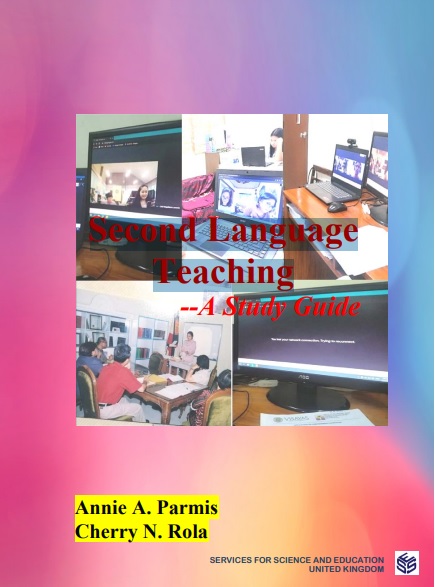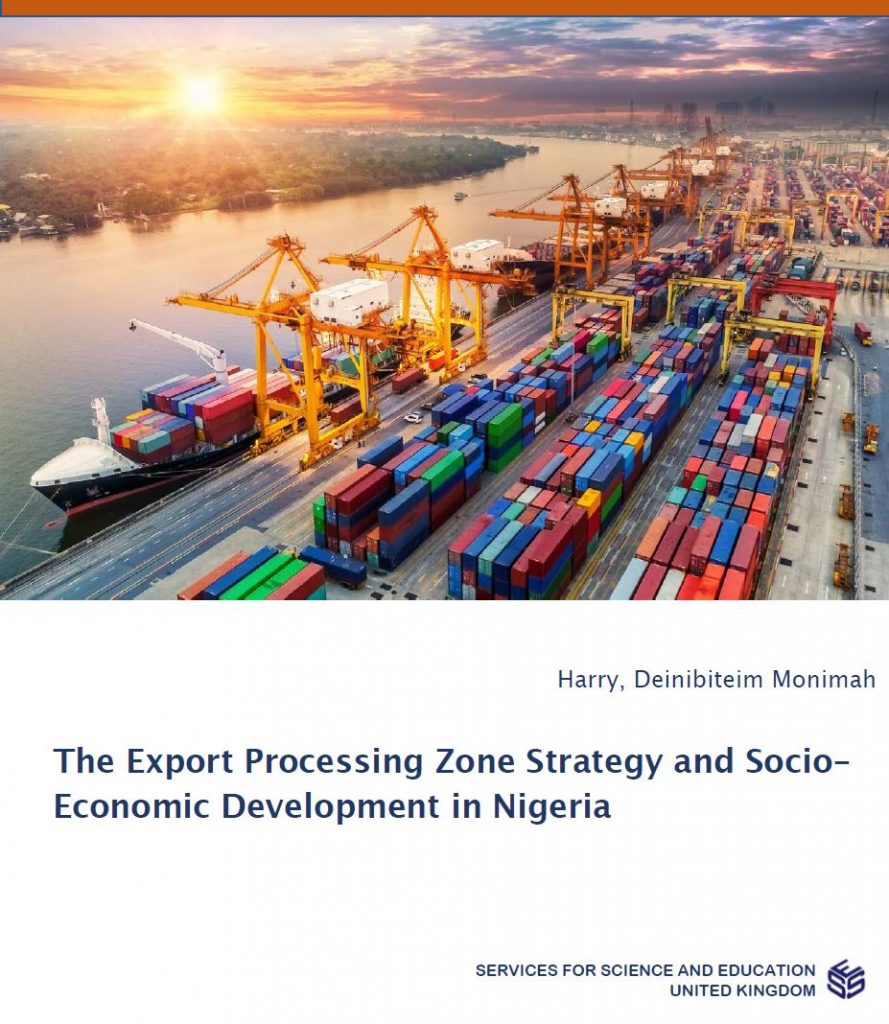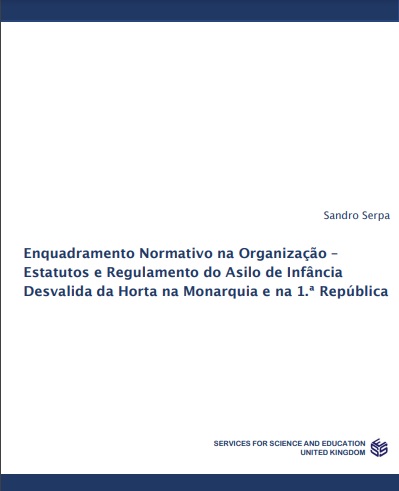The word “research” is associated with scientific process and is tied up with writing a thesis or dissertation. It’s just that the term “research” is considered generic compared to “thesis” which sounds so academic. In layman’s term, when we do a research, we tend to go to some sources (tangible or intangible) to find a solution to a problem or to know more about a certain thing. We do some observations, readings, interviews, or even resort to something considered supernatural. We know that in the academe, we can’t begin our research without a problem. “My problem is that I do not have a problem” is always the problem of a student of a research course (Thesis Writing). How will you go about making a thesis outline if you’re not that interested to find one more problem “added to your cart” because you’ve got enough problems already? One more thing, you enrolled in this course because you’re required to do so for you to graduate, right? Because of this, you’re “forced” to find or make a statement of the problem to proceed then move on. First you gotta do is to convert the word “forced” to “inspired”. Some of you are into reading novels, blogs, or what is in the WattPad, I suppose. Of course, it’s a fact that writers couldn’t write if they don’t have something inside their heart (okay, head). You cannot share what you don’t have, remember that. Do you have something inside there to share to the universe? Granting that you have it, is it enough for you to proceed to writing your thesis outline? No? Of course, common sense dictates that writing a thesis outline is different from writing a novel or post a blog. That’s it, writing your thesis outline starts from being inspired to using your common sense and viceversa. If you don’t have any inspiration, make one. However, research writing is more than just dealing with common sense (this is basic, master it) and having an inspiration (find your strength in love). What then is it? It’s for you to discover. One thing for sure, you have to study about something essential so that you will have something to write in the “Significance of the Study” section in Chapter 1(Introduction). Since you’re dealing with something essential, you have to pass across borders. There you have it!









